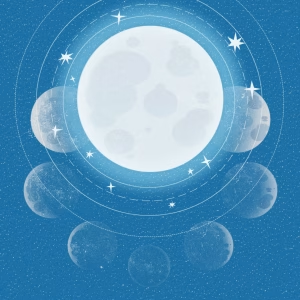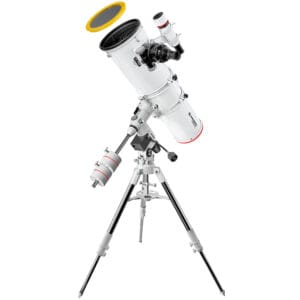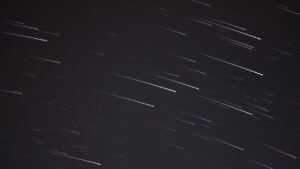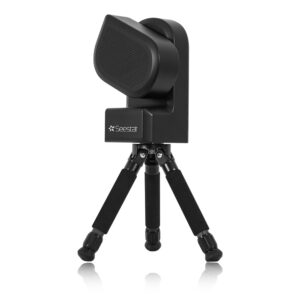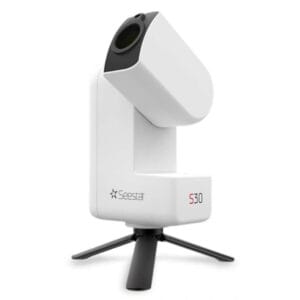What is light pollution?
Light pollution is one of the greatest obstacles for modern astronomers and amateur stargazers. With the increase of artificial light in urban areas, the night skies are becoming less visible, directly impacting our ability to observe stars, planets and other celestial bodies. This problem not only affects science, but also diminishes the natural beauty of the night sky for millions of people worldwide.
Light pollution results from the unnecessary use of artificial light, such as street lights, billboards and buildings that remain lit all night. It causes the natural light of stars to be drowned out by the glow of city lights. For astronomers, this means that observatories often have to be far away from populated areas, where the skies are darker.
An important term in this debate is the “dark sky.” In regions with dark skies, there is little light pollution, which provides optimal conditions for stargazing. Worldwide, there are several initiatives trying to protect dark skies. This includes creating “dark sky parks” where artificial light is minimized.
For people living in urban areas, using filters on telescopes can help reduce the effects of light pollution. However, the best solution is to control artificial light. Simple actions, such as reducing excessive use of outdoor lighting, using lower-intensity lights and applying lights that shine only downward, can already make a big difference.
Light pollution is a growing problem, but it is one we can control. By being more conscious about our use of artificial light, we can make the night sky visible again and make the stars accessible to everyone.
Tools to view light pollution in your area
Fortunately, we live in 2024 - these days there are so many useful tools that make our lives a lot easier. The same goes for light pollution. At https://www.lightpollutionmap.info/ you can see how much light pollution there is in your area/region.
Happy stargazing!


